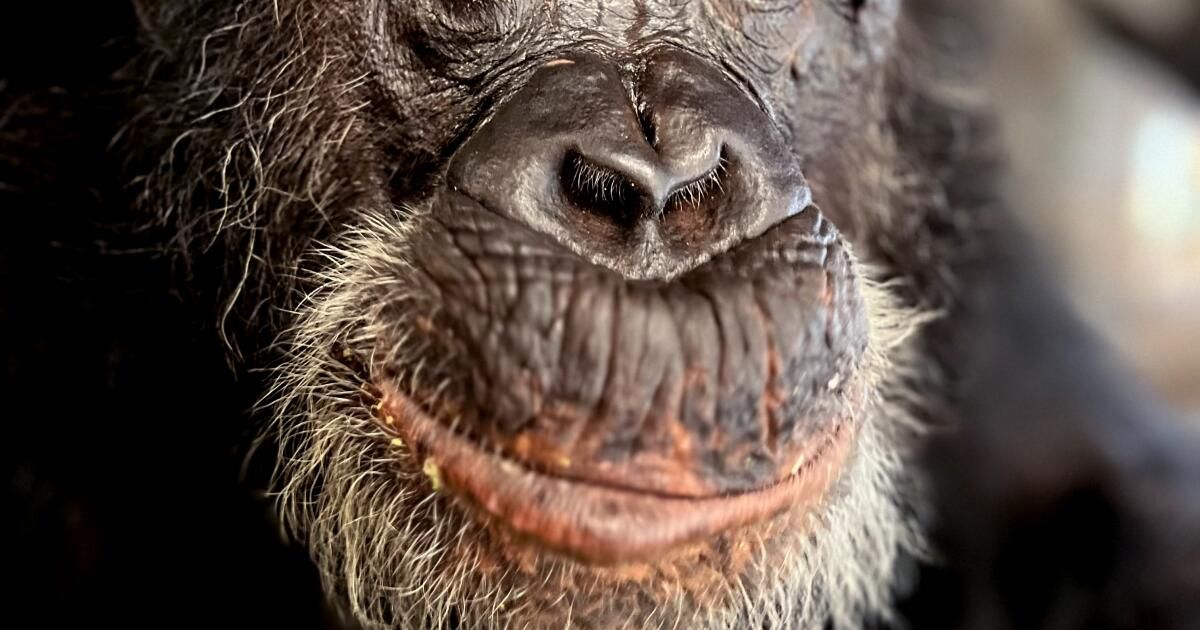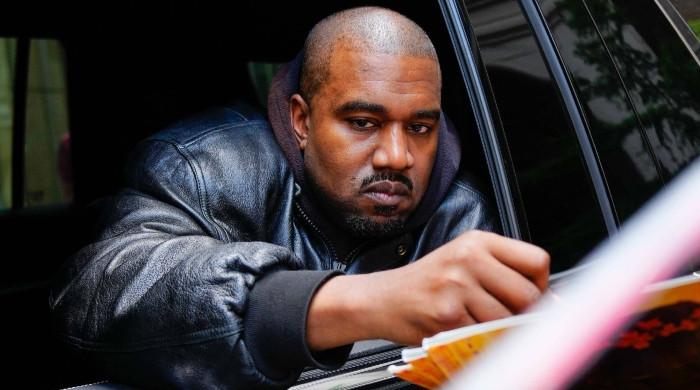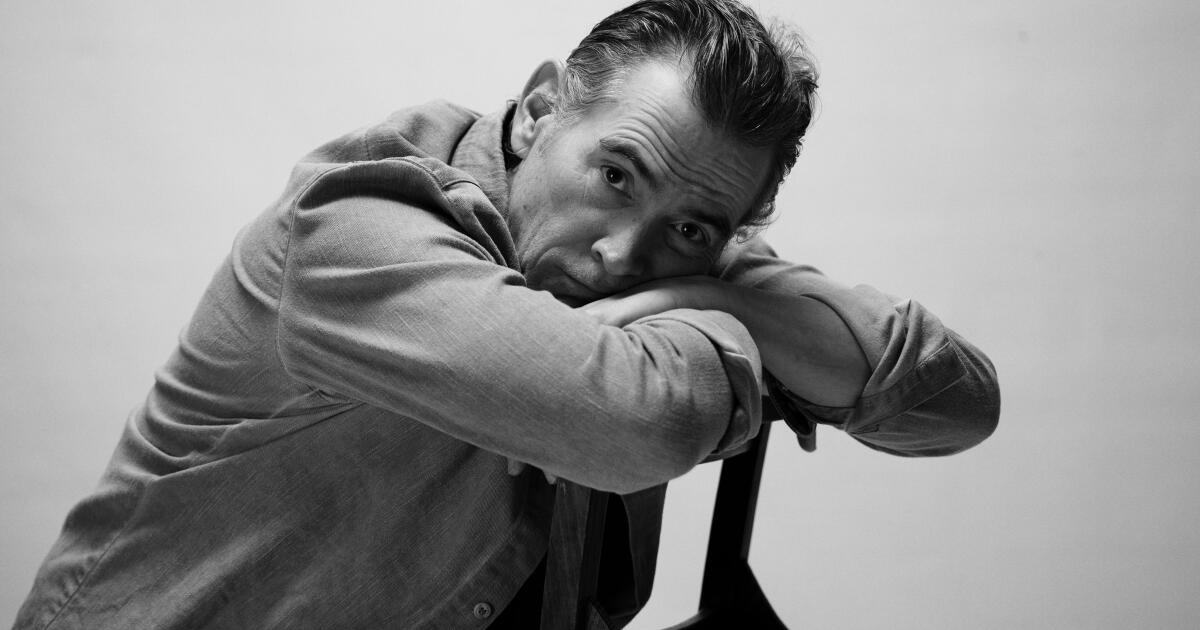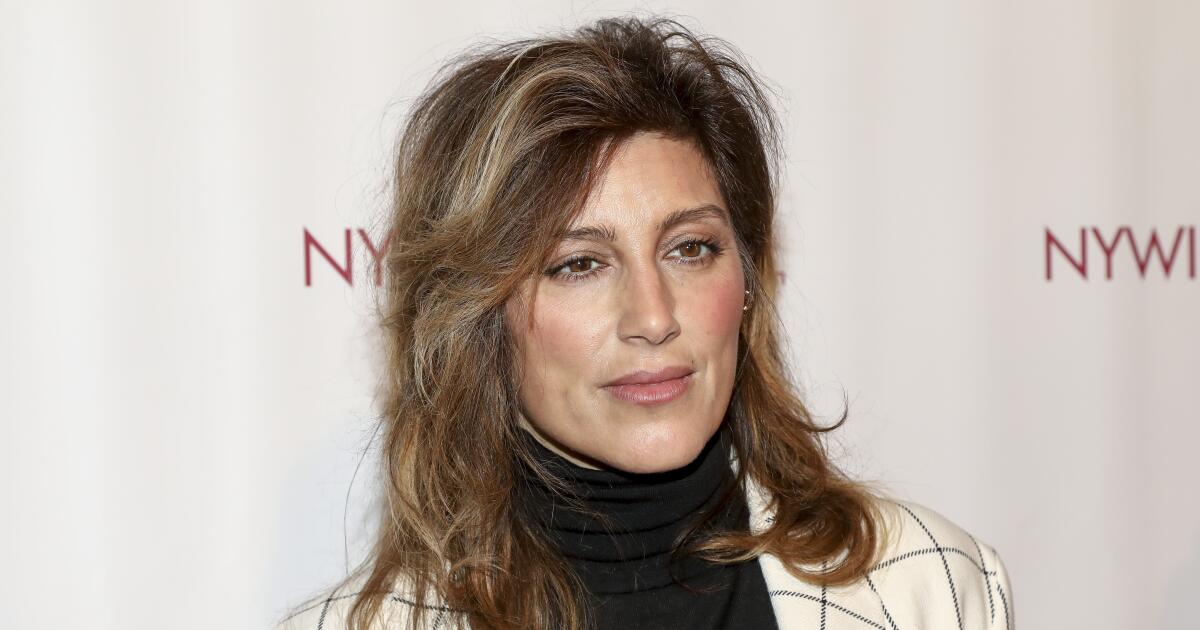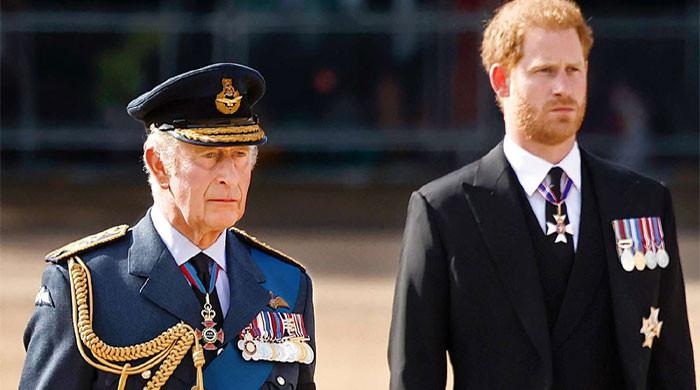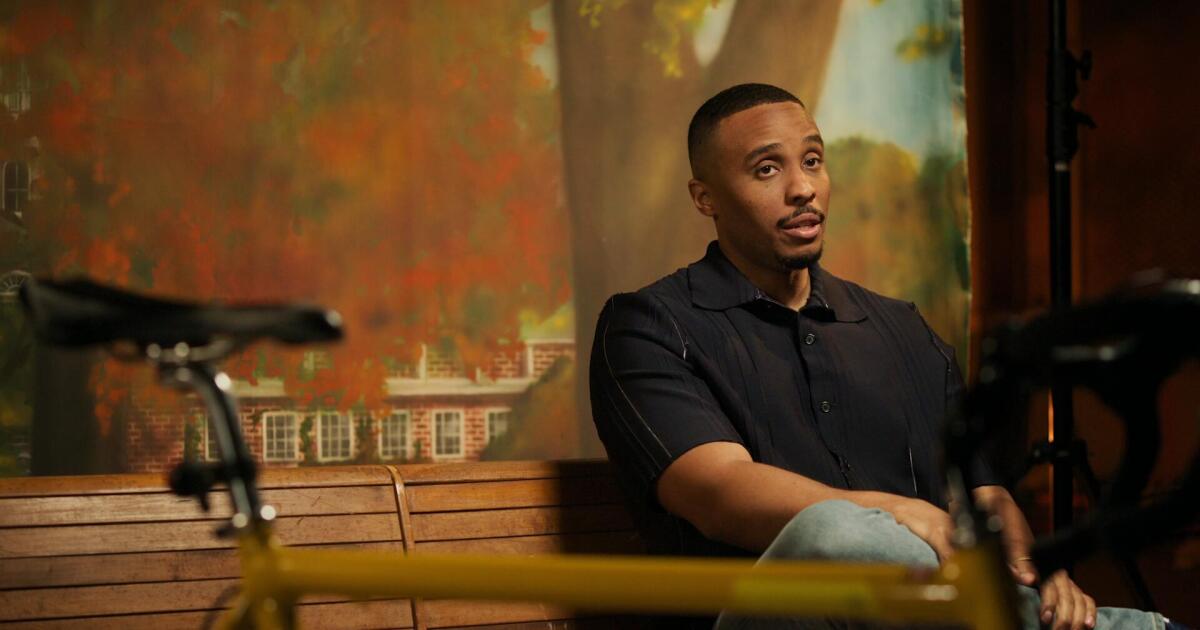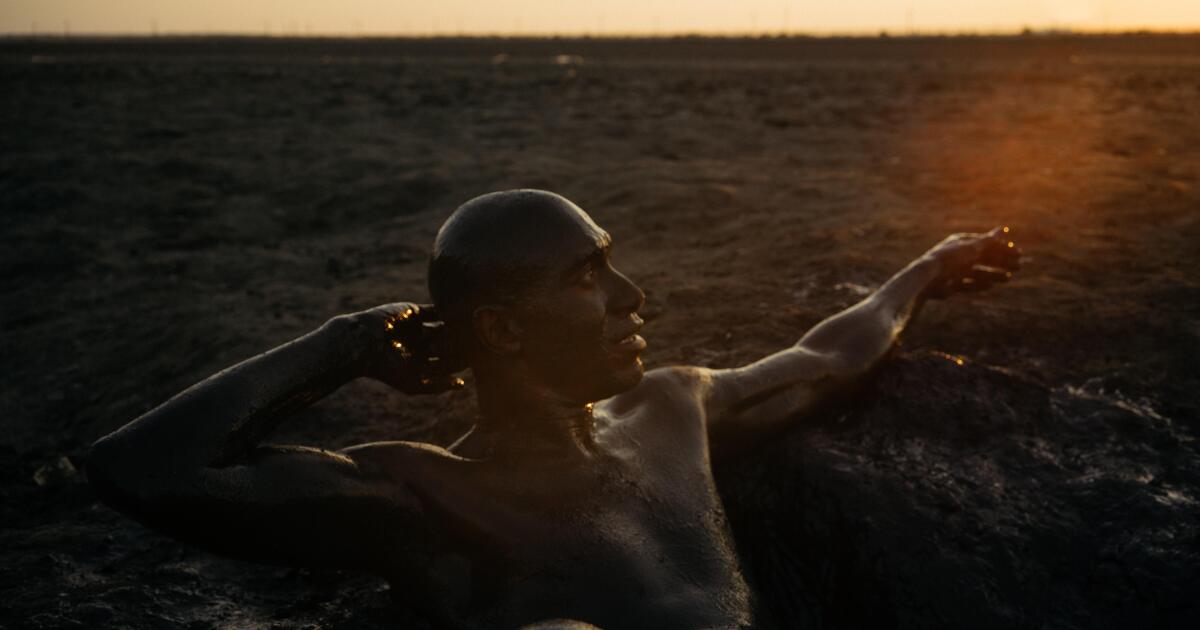After being cooped up in a basement cage for nearly a year, Tonka just wanted to be outside. Although keepers had prepared a cozy space filled with hammocks and blankets for the chimp, upon arriving at his new home — an ape sanctuary on Florida’s Treasure Coast — he avoided this private room. Instead, he went for a walk in the rain and sat still, letting the water soak into his body.
It’s been just over two years since Tonka arrived at Save the Chimps, a 150-acre plot of protected land where 222 captive-born apes have come to live out their retirement. As documented in the finale of “Chimp Crazy,” the four-episode series that ends Sunday on HBO, Tonka was sent to the Fort Pierce, Florida, sanctuary after PETA discovered that his owner had been hiding him in the bowels of her Missouri home.
The animal rights organization was alerted to Tonka’s whereabouts by the producers of “Chimp Crazy,” who feared that Tonia Haddix was going to euthanize the ape. Haddix told the cameras that her local veterinarian had diagnosed Tonka with congestive heart failure. But when the animal was seized from Haddix’s home by federal marshals on June 5, 2022, Save the Chimps veterinarians found that he had no serious medical problems. He was overweight (McDonald’s Happy Meals were a regular part of his diet) and pale from being indoors, but was declared healthy enough to make the 23-hour van ride from Missouri to Florida.
Tonka eating a tomato at the Save the Chimps sanctuary.
(Melissa Simbrat)
In the documentary series, Haddix continually expresses her fear that Tonka would not be able to live well among other chimpanzees. After all, this was an animal she called “humanzee,” an ape who had spent his youth acting in Hollywood movies like “Buddy” and “George of the Jungle.” Later, at the Missouri Primate Foundation, he lived in a cage with other chimpanzees but interacted more with humans who fed him food like Powerade, potato chips and doughnuts.
However, Tonka's keepers at the Florida sanctuary say he has adapted well to living with his own kind.
“It’s amazing how well Tonka is recovering,” says Ana Paula Tavares, executive director of Save the Chimps. “When chimpanzees first arrive here, they may be initially drawn to humans, but if they are given the opportunity to be among other chimpanzees, they always prefer and end up choosing to be around other chimpanzees.”
When he arrived, Tonka was quarantined for 60 days. During that period, the nonprofit's primatologists observed his behavior to determine which chimpanzee family group would be best to slowly integrate him into. Of the property's 12 island habitats, scientists settled on Doug's Island, a 3-acre space with rolling hills, climbing structures and 16 other chimpanzees.
The sanctuary's goal is to “offer the chimpanzees a life as close as possible to what they would have had in the wild,” says Tavares. That means allowing them the self-determination to roam wherever they want and placing them in large social groups where they develop hierarchical societies.
Tonka hasn't shown much interest in participating in family group rankings, Tavares says, but he has developed deep friendships with two other chimpanzees, Jake and Cayleb, the latter of whom has since been found to be Tonka's biological son.
Tonka with Cayleb, her biological son.
“We had no idea they were father and son, but seeing them jumping side by side is the most beautiful thing. It's incredible how close they are,” she says.
Another of Tonka’s offspring, Lisa Marie (who was the pet of an Elvis impersonator) lives on a different island in the sanctuary. Because Tonka was owned by a chimpanzee breeder, Tavares suspects she has numerous offspring; her paternal relationship to the two Save the Chimps apes was established through information gathered from previous breeders.
All the male apes at the sanctuary receive vasectomies, but that doesn't stop them from copulating.
“I must tell you that he is very interested in women. Tonka is a great womanizer,” Tavares says, laughing.
Tonka running with a fellow chimpanzee named Jacob at the sanctuary.
Otherwise, Tonka spends her days participating in enrichment activities specifically designed by the on-site primatologists to stimulate the chimpanzees physically, cognitively and emotionally. They paint, play with bubbles and forage for food such as frozen strawberries, green beans and lettuce.
The entire Save the Chimps population consumes 2,500 pounds of food a day, prepared by Jimmy Buffett's former chef. They eat a vegan diet, and snacks aren't fast food, but watermelon on the Fourth of July and sugar-free caramel-covered apples and nuts.
“It didn't take much for Tonka to lose the extra weight after being put on a diet of fresh fruits and vegetables and allowed to be active in the Florida sun,” Tavares says, adding that if he stays healthy, Tonka could live to be 60 years old, about two decades longer than the average in the wild.
At night, most chimpanzees head indoors, where they can decide where and with whom to sleep. Each chimpanzee receives a pile of fresh hay each day so it can build an intricate nest to sleep in, a behavior chimpanzees practice in the wild. While they can see the care staff inside, they never touch them; the closest they can get is with “tickle sticks,” a 2-foot-long hose that staff members push through a mesh barrier to play with the animals from afar.
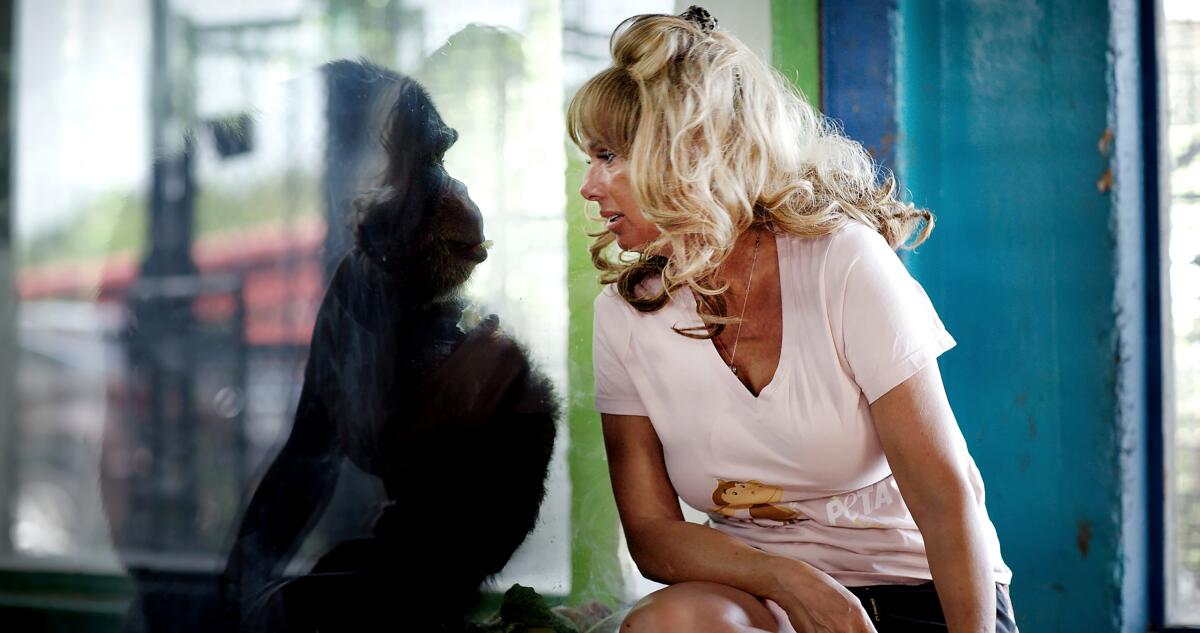
Tonka and Tonia Haddix in “Chimp Crazy.”
(HBO)
Save the Chimps is not open to the public, though the organization hosts three events a year that allow donors to come up to the property and see the apes from a distance. (The nonprofit sanctuary is funded by donations; Tavares estimates it costs the organization about $30,000 a year to care for a chimp.) While she says there's a good chance those visitors will see Tonka because he's “very curious and social,” there are no guarantees: “This is chimpanzee season.”
As for Haddix, the executive director says she has not yet heard back from Tonka's former owner. If Haddix does request to visit the property, Tavares says she would consult with the primatologists on staff and “make any decisions based on Tonka's well-being.”
“It was very disturbing for us to see some of the Tonka scenes [in ‘Chimp Crazy’] “And look how upset he seemed to be in those bad conditions,” Tavares says. “If you see him now, he’s super calm. He seems to be living the life he should be living.”

